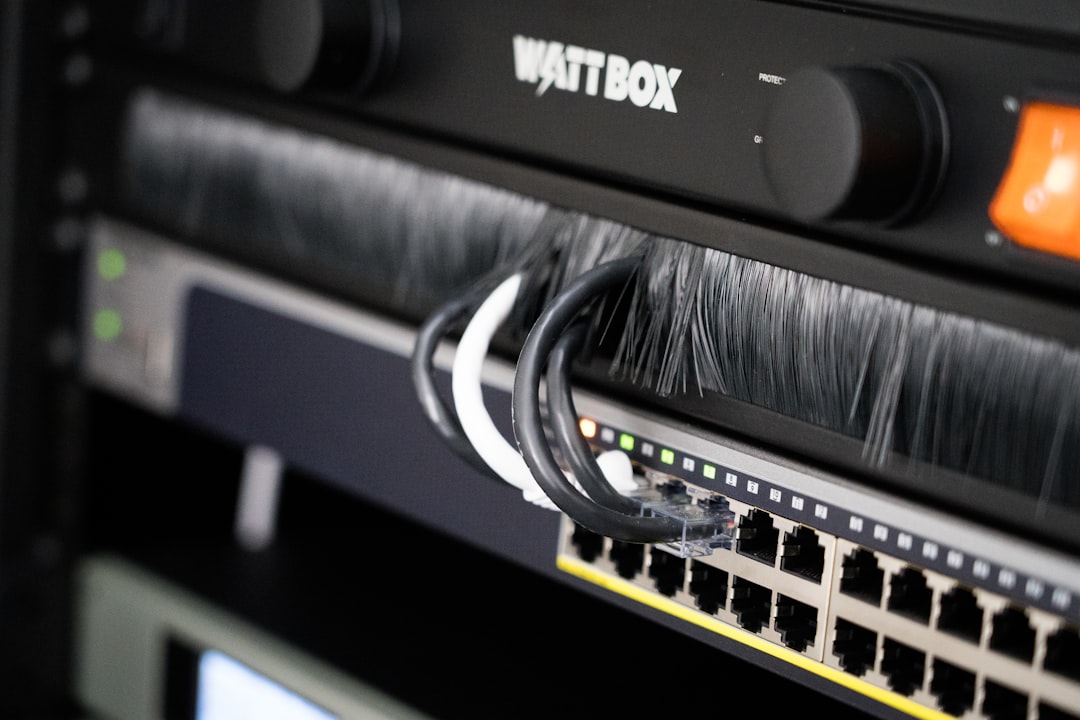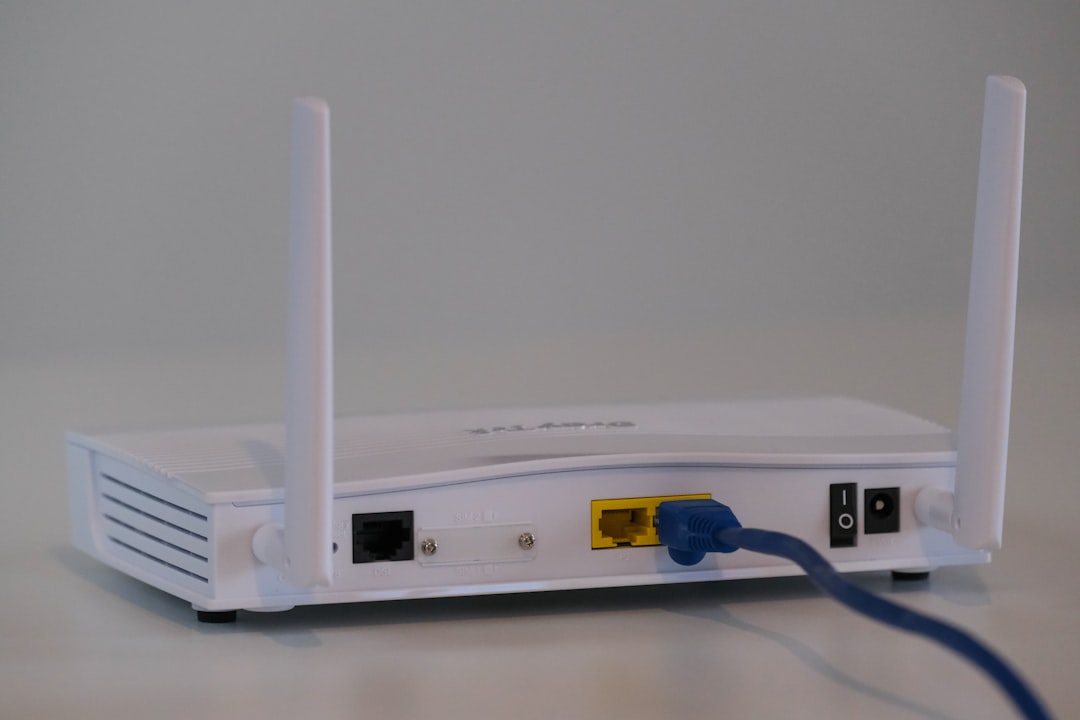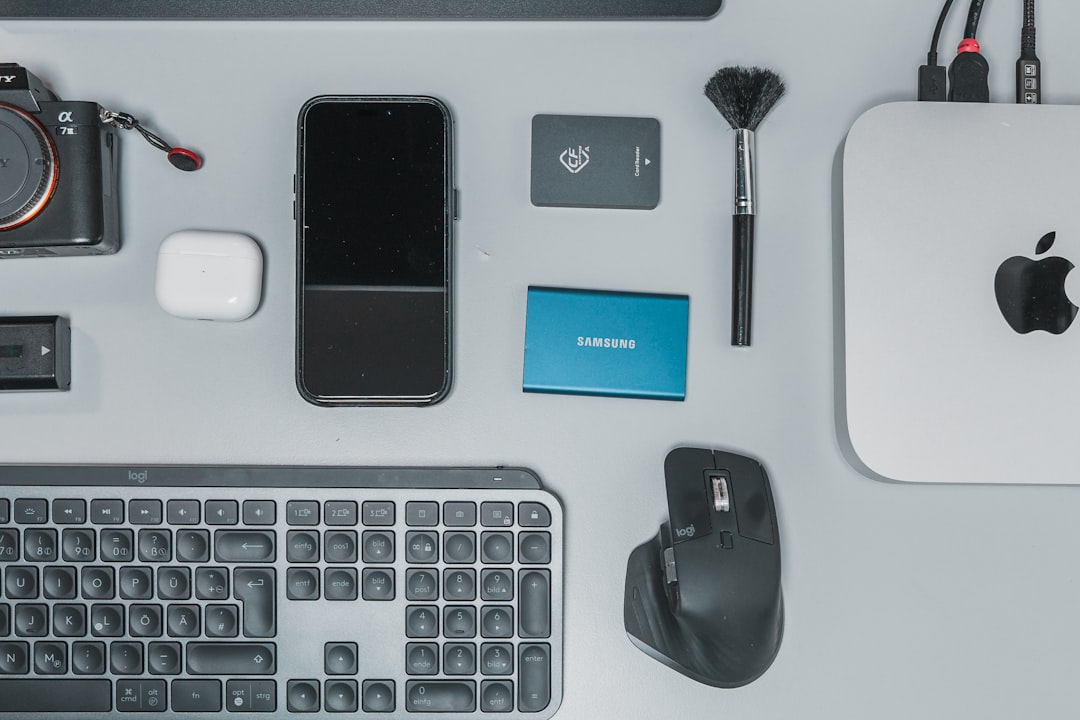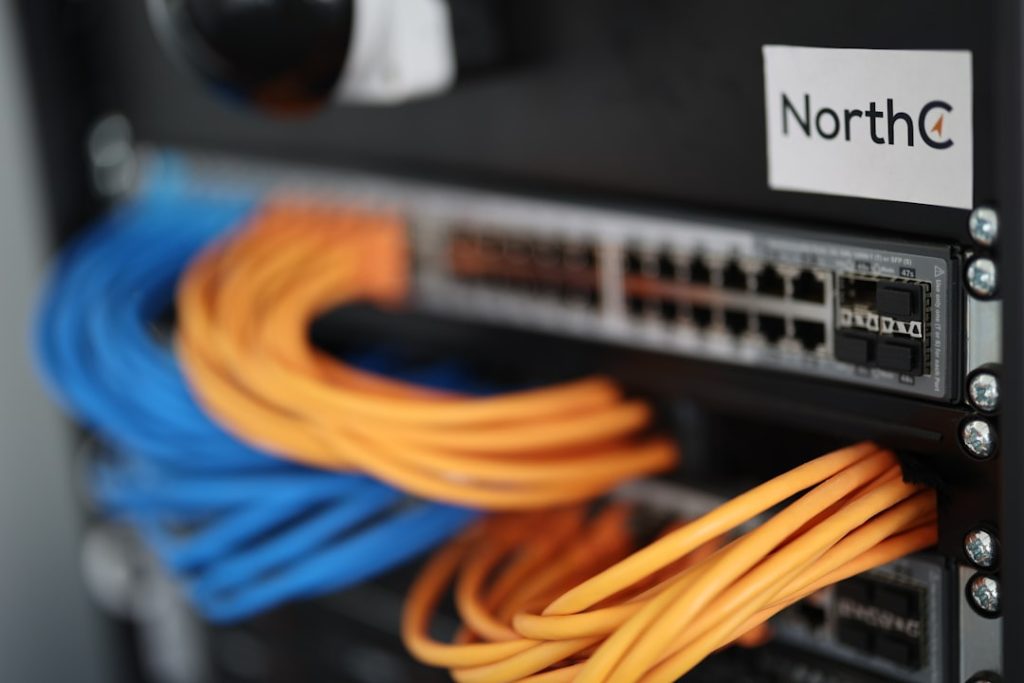Ever wondered how your Wi-Fi or wired network knows which devices are allowed to connect? One way this magic happens is through something called MAC Binding. It might sound technical, but it’s actually pretty easy to understand. And yes, it can help make your network safer and smarter.
What Is MAC Binding?
MAC Binding is short for Media Access Control address binding. Still confused? Don’t worry—we’re just getting started!
Every device that connects to the internet has something called a MAC address. Think of it like a digital name tag. It’s unique to the device and looks something like this: 00:1A:2B:3C:4D:5E.
Now, when you use MAC Binding, you’re telling your router: “Hey, only let these specific name tags on the network.”
Simple Example:
Imagine you’re hosting a private party. You’ve got a guest list. Only the people on that list can enter. That’s exactly what MAC Binding does for your Wi-Fi or wired network.

How Does MAC Binding Work?
To use MAC Binding, you log in to your router’s settings. Then you insert the MAC addresses of the devices you want to allow. The router will then compare each device trying to connect. If it matches a listed MAC address—access granted. If not? Access denied!
Where You’ll Find It
Usually, the MAC Binding option is under something called:
- Access Control
- MAC Filtering
- Security Settings
It depends on your router model, but the idea is the same.
Why Use MAC Binding?
Great question! There are several reasons you might want to use MAC Binding:
- Security – Prevent strangers from connecting to your network.
- Control – Say you only want your phone, laptop, and smart TV on the network.
- Stability – Avoid performance issues by limiting the number of connected devices.
So, It’s Like a VIP List
Exactly! The router only allows devices that it “knows.” It’s a way to make sure only trusted gadgets are surfing your Wi-Fi waves.
How Do You Find Your MAC Address?
Great news—it’s easier than it sounds. Here’s how to find it depending on your device:
Windows
- Press Windows + R on your keyboard.
- Type cmd and press Enter.
- Type ipconfig /all and hit Enter.
- Look for “Physical Address” — that’s your MAC address!
Mac
- Go to System Preferences.
- Click on Network.
- Select your active connection and click Advanced.
- You’ll see the MAC address listed under Wi-Fi Address.
Smartphones
- iPhone: Settings > General > About
- Android: Settings > About Phone > Status
Once you have that MAC address, just pop it into your router’s MAC Binding section.
Pros and Cons
Let’s break down if MAC Binding is the right choice for you.
Advantages:
- Extra Security: Helps keep unwanted devices off your network.
- Customized Access: Choose exactly who can connect.
- Easy to Set Up: No advanced tech skills needed.
Disadvantages:
- Not Foolproof: Hackers can spoof (pretend to be) a MAC address.
- Time Consuming: Have to add each device manually.
- Not Dynamic: If you regularly have guests or new devices, it can be a hassle.
So, it’s good for small home networks but not perfect for big or constantly changing ones.

MAC Binding vs. MAC Filtering: Are They the Same?
People often use these terms interchangeably. But sometimes, they mean slightly different things:
- MAC Filtering: The general feature that blocks or allows devices based on MAC address.
- MAC Binding: Ties a specific MAC address to an internal IP address (helpful in DHCP settings).
So technically speaking, MAC Binding can include address filtering and IP reservation. It’s like giving a guest not just a ticket, but also a specific seat number!
Is It Enough for Security?
Not quite. MAC Binding is like locking your screen door—it helps, but it doesn’t stop serious threats.
If you really want to secure your network, combine it with other tools like:
- WPA3 Encryption
- Firewall Settings
- Guest Network for Visitors
- Network Monitoring Tools
Think of MAC Binding as your first layer of defense. It keeps the random passerby out, but it’s not a fortress.
How to Turn It On
Every router is a bit different, but here’s a general step-by-step:
- Connect to your router’s admin panel (type something like 192.168.0.1 in your browser).
- Login using username and password.
- Go to Security or Access Control.
- Find the MAC Filtering or MAC Binding option.
- Add the MAC addresses of your devices.
- Click Save or Apply.
Voila! Your network just got smarter. And safer.
Who Should Use MAC Binding?
It’s a great feature for:
- Parents: Limit kids’ devices or set up schedules.
- Homeowners: Keep your smart home gadgets protected.
- Small Office Users: Control who connects to the network.
However, if you’re running a café or coworking space, this might be too much work. In those cases, better to use a password and a guest network.
Final Thoughts
MAC Binding is like giving your devices VIP access to your network. It’s simple and effective, but it’s not a magic shield. Use it wisely, and pair it with other security tools for best results.

Now that you know what MAC Binding is, maybe it’s time to take a peek at your router settings. You might be surprised at how much control you already have. Happy securing!


